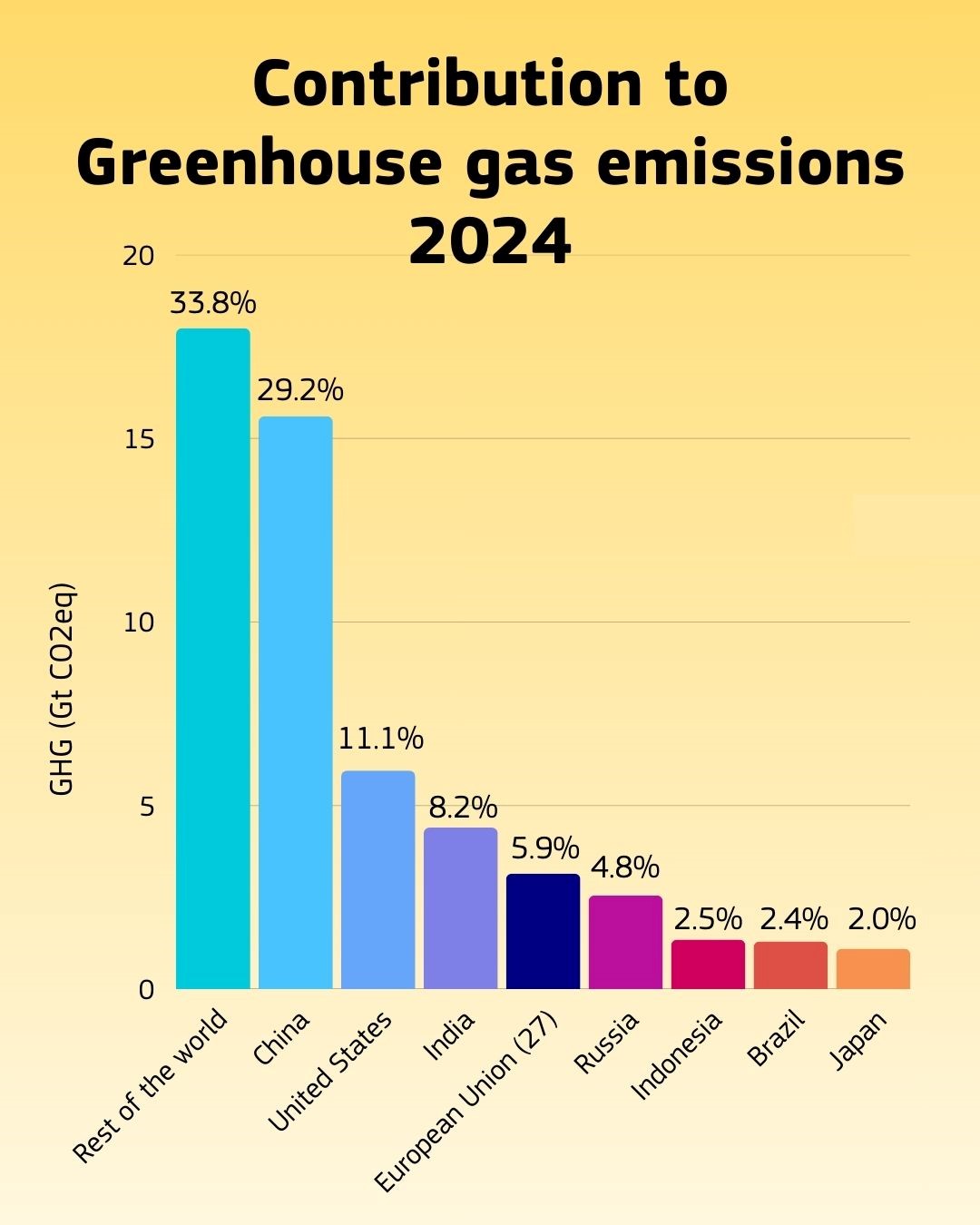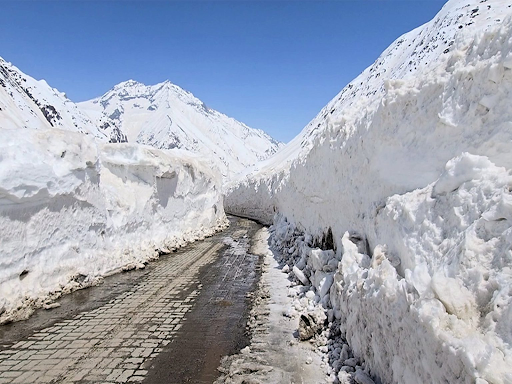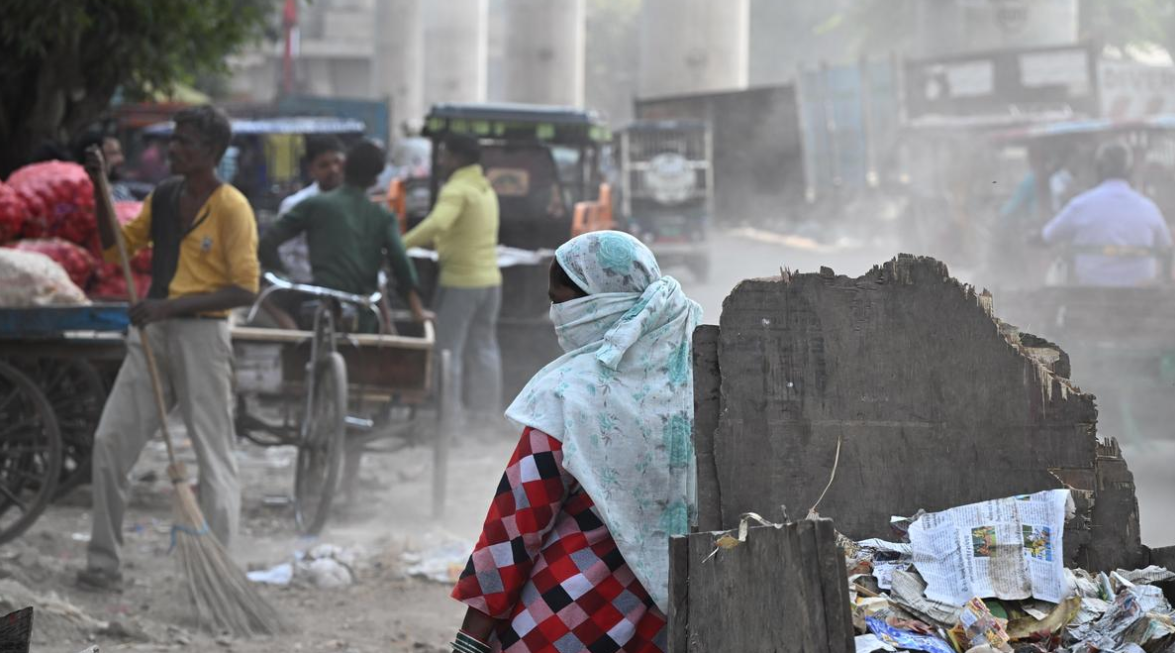



A recent scientific report warns that Earth is under severe climate distress, with 22 out of 34 key indicators reaching record highs. Rising global temperatures, greenhouse gas concentrations, ice melt, and extreme weather events signal that the planet is nearing critical tipping points. Despite growth in renewable energy, heavy reliance on fossil fuels continues, emphasizing the urgent need for rapid climate action to stabilize ecosystems and protect human and ecological well-being.

Copyright infringement not intended
Picture Courtesy: Down to Earth
A recent scientific assessment warns that Earth is showing alarming signs of climate distress. Out of 34 key indicators of planetary health, 22 have reached record highs, signaling escalating global warming, ice loss, and environmental risks. Despite growth in renewable energy, continued reliance on fossil fuels pushes the planet closer to critical tipping points.
According to World Meteorological Organization;
Environmental Implications
Economic Implications
Social Implications
Political and Security Implications
Technological and Developmental Implications
High Fossil Fuel Dependence
Rapid Urbanization & Industrialization
Agricultural Vulnerability
Financial & Technological Constraints
Policy Implementation & Governance Gaps
Social & Behavioural Factors
|
Category |
Measures / Initiatives |
Objective / Outcome |
|
Renewable Energy |
National Solar Mission, wind, hydro, biomass projects |
Increase clean energy capacity; target 500 GW by 2030 |
|
Climate Adaptation & Disaster Management |
National Action Plan on Climate Change (NAPCC), early warning systems |
Reduce climate vulnerability; strengthen disaster preparedness |
|
Emission Reduction & Green Policies |
Bharat Stage (BS) emission norms, promotion of EVs, PAT scheme |
Lower GHG emissions; improve air quality |
|
Forest & Biodiversity Conservation |
Afforestation, reforestation, wetland protection |
Increase carbon sinks; preserve biodiversity |
|
International Collaboration |
Paris Agreement commitments, climate finance, technology-sharing |
Align with global climate goals; access climate funding |
|
Public Awareness & Incentives |
Rooftop solar subsidies, EV incentives, awareness campaigns |
Encourage sustainable practices among citizens and industries |
The latest scientific assessment highlights that Earth is under severe climate stress, with multiple indicators hitting record highs. Rising temperatures, greenhouse gas concentrations, ice loss, and extreme weather events signal that the planet is approaching critical tipping points. While renewable energy adoption and climate mitigation strategies offer hope, urgent, coordinated action is essential. Addressing this crisis requires a combination of rapid decarbonization, sustainable resource management, ecosystem protection, and global cooperation. Immediate measures can still stabilize the Earth system, safeguard human livelihoods, and prevent irreversible environmental damage.
Source: Down to Earth
|
Practice Question Q. Earth is approaching multiple climate tipping points due to record-breaking environmental indicators. Critically analyse the implications, challenges, and solutions from an Indian perspective. (250 words) |
The 2025 report by Oregon State University and the Potsdam Institute highlights that 22 out of 34 planetary health indicators—like global temperature, greenhouse gas levels, ice loss, and ocean heat—have reached record highs, indicating severe climate stress.
Major causes include continued dependence on fossil fuels, deforestation, greenhouse gas emissions (CO₂, CH₄, N₂O), unsustainable agriculture, and industrial activities.







© 2025 iasgyan. All right reserved